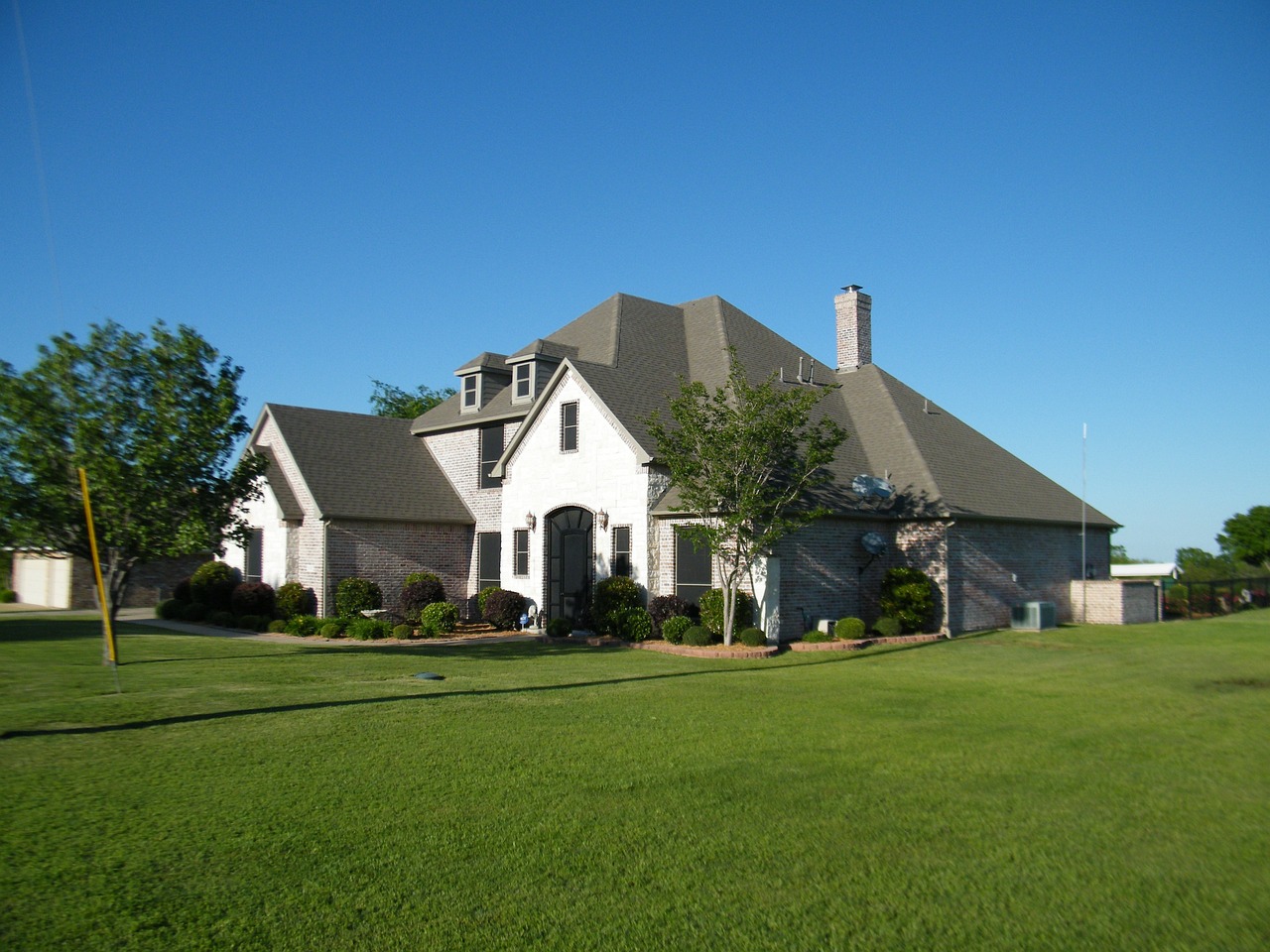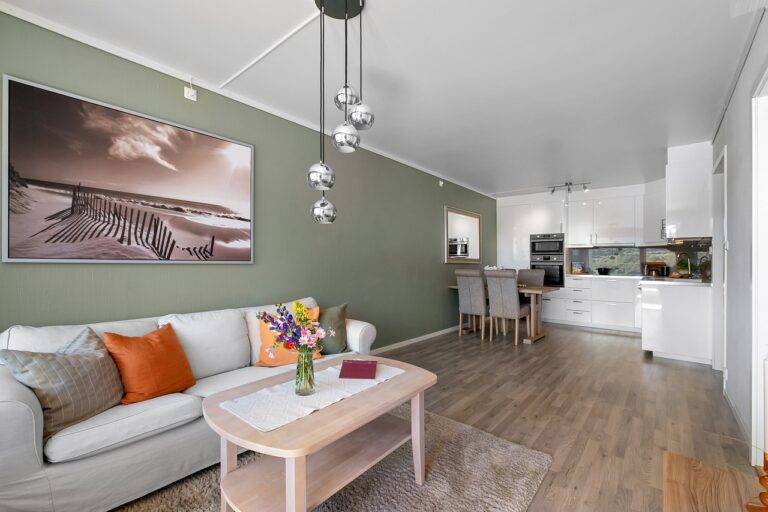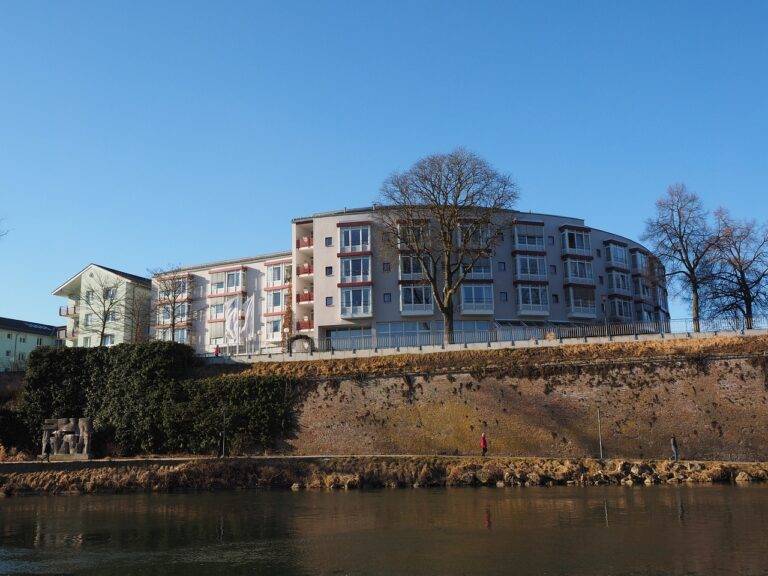DIY Garden Pond Installation: Steps for a Tranquil Outdoor Feature
When it comes to planning the installation of a garden pond, there are several key factors to consider. First and foremost, you need to determine the desired size and shape of your pond. Consider the overall layout of your garden and how the pond will fit into the existing space. Additionally, think about the depth of the pond and the types of aquatic plants and fish you wish to incorporate.
Next, you’ll need to decide on the type of pond liner you will use. There are several options available, including preformed liners and flexible rubber liners. Each type has its own benefits and drawbacks, so be sure to research and choose the one that best suits your needs. Additionally, consider the filtration system that will be required for your pond to ensure the water remains clean and healthy for your aquatic life.
Choosing the Right Location for Your Pond
When selecting the location for your pond, it is essential to consider the amount of sunlight the area receives. Most aquatic plants require at least 6 hours of sunlight each day to thrive. Be cautious of placing your pond near large trees or structures that may cast excessive shade on the water, as this could hinder the growth of plants and algae, which play a crucial role in maintaining the overall balance of your pond ecosystem.
Additionally, it is important to choose a location that is not prone to runoff from fertilizers or pesticides used in the surrounding area. These chemicals can disrupt the delicate ecosystem of your pond and harm fish and plant life. Select a site that is away from areas where these substances are commonly applied, such as lawns or gardens, to help ensure the health and longevity of your pond.
How do I plan my garden pond installation?
Start by measuring the area where you want to install the pond. Consider factors like sunlight exposure, proximity to utilities, and accessibility. Determine the size and shape of the pond you want and research the necessary materials and equipment.
What should I consider when choosing the location for my pond?
Choose a location that receives a good amount of sunlight but is also sheltered from strong winds. Avoid areas with overhanging trees or near utility lines. Make sure the ground is level and stable to support the weight of the pond.
Can I install a pond close to my house?
It is possible to install a pond close to your house, but consider factors like water drainage, potential flooding, and the impact on your home’s foundation. Consult with a professional if you are unsure about installing a pond near your house.
Do I need to consider wildlife when choosing the location for my pond?
Yes, consider the impact of wildlife like birds, insects, and small animals on your pond. Choose a location that is not easily accessible to predators and provides a safe environment for wildlife to visit.
How can I ensure the longevity of my pond by choosing the right location?
By choosing the right location for your pond, you can reduce maintenance and repair costs in the long run. Consider factors like sunlight exposure, soil quality, and accessibility to ensure your pond remains healthy and thriving for years to come.





